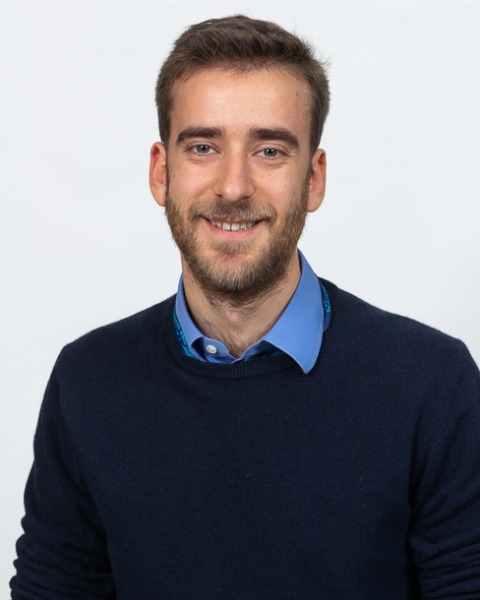
Micro- and Nanotechnologies
Exploiting fluid walls to perfuse cell cultures passively

Federico Nebuloni, MSc
D Phil student
University of Oxford
OXFORD, England, United Kingdom
Primary Author - December Poster(s)
Mammalian cells are usually cultured in vitro in polystyrene vessels (e.g. Petri dishes, microtiter plates) filled with static growth media; culture conditions poorly reflect those in vivo where cells are fed by continuous flows. In the last decades, microfluidic approaches have enabled culture in flowing environments created using external pumps, but equipment bulk and complexity have prevented wide uptake by bioscientists (e.g., it is difficult to connect external pumps to dishes in standard incubators that are often shared with others). Therefore, our aim is to feed cells growing in standard dishes continuously without using external pumps.
Recently, an open microfluidic approach has been developed; aqueous circuits with almost any imaginable 2D shapes are fabricated in minutes on standard Petri dishes by reshaping two immiscible liquids (cell-culture medium and a bio-inert fluorocarbon, FC40). Interfaces between the two immiscible fluids act as confining fluid walls, and interfacial forces hold circuits in place. Flows through these circuits can be driven passively by local differences in Laplace pressure across the fluid walls at different points in the circuit. We are developing semi-analytical solutions that describe such flows. In contrast to the well-established theory governing flows through micro-conduits with solid walls with fixed geometries, fluid walls inevitably morph as pressures change, and this must be incorporated into the theory.
 View Leader Board
View Leader Board
SLAS Events

1st Prize - Comp Reg + Hotel/Airfare to SLAS2023 in San Diego
2nd Prize - $50 Starbucks Gift Card
3Rd Prize - $25 AMEX Gift Card
Keep an eye on the leader boards to see who’s at the TOP. Winners will be announced after SLAS2022.
Each participating poster in the exhibit hall will have a QR code next to it. For virtual participants, look for the scavenger hunt icon for participating posters.
